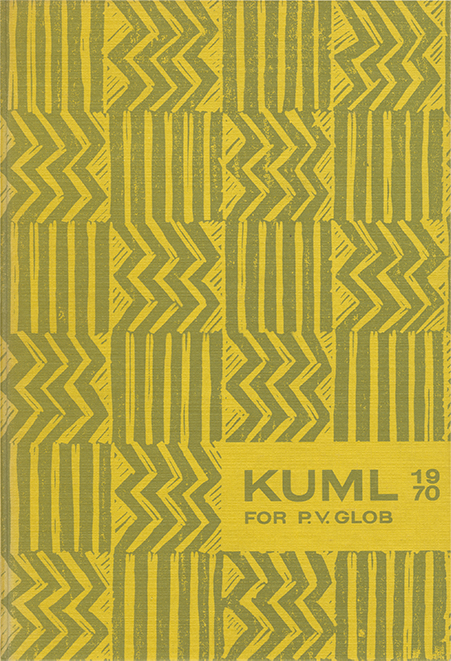Etnografien på Moesgårdmuseet
DOI:
https://doi.org/10.7146/kuml.v20i20.105413Nøgleord:
ethnographic collection, etnografisk samling, moesgaard, moesgård, beginning of, begyndelsen afResumé
The Ethnographical Collections at Moesgaard
The Museum at Moesgaard owes the initiative in combining ethnographical and archaeological collections to P. V. Glob, who started collecting ethnographica on the rather meagre budget of the Prehistoric Museum soon after his appointment to the Chair of Prehistoric Archaeology at Aarhus University in 1949. It was not long before the University was involved, however, and »the ethnological collections at Aarhus University« established. Also collaboration with the National Museum in Copenhagen dates back to the earliest days of Glob's era. In 1950, Dr. Kaj BirketSmith outlined a plan for a collection representing the different ecological-technological adaptations of hunters, agriculturalists and pastoralists from parts of the world where industrialization had not yet changed conditions to any appreciable extent. Since 1958 the author has been attached to the museum following on his taking up an appointment at Aarhus University.
Throughout the years the collections have been steadily enlarged thanks to the support of a wide variety of ethnologists, archaeologists and others who have worked abroad; we have also received a number of both donations and permanent depositions. Most important in this connection is that all Danish collections from Nuristan (Afghanistan) and the Kalash area of Chitral (Pakistan) are now at Moesgaard, stationed as a permanent loan by the National Museum in Copenhagen.
In collecting ethnographica we have sought single objects which were part of a larger whole, or could be seen in a larger context. In our opinion, collections should preferably illustrate a milieu as far as possible. To this end we have more or less as a matter of principle disregarded the accepted museal criteria of age and quality, our prime aim being to reflect how people live today and the great changes which are taking place. We see our collections as a contribution to the debate on a changing world.
In order to reach a wider public, the Department of Ethnography, in collaboration with the UNESCO office of the Danish Ministry of Education, has set up eleven »package collections« dealing with specific problems related to present conditions in Afghanistan (3 collections), Nigeria (3), Kenya (3) and Lapland (1). These collections, which consist of ethnographical material, books, pamphlets, photostats, slides, tape-recordings, etc., are circulated all over Denmark to schools and teachers' training colleges; this is a new experiment in the use of ethnographical material for promoting insight into and better understanding of foreign cultures.
In addition to the section dealing with the Nuristan/Kalash area, the permanent exhibitions at Moesgaard include a section dealing with Greenland. Until means become available for realizing the planned enlargement of the permanent exhibitions, other regions will of necessity be relegated to the succession of changing ethnographical exhibitions dealing with special regions and problems. Both permanent and occasional exhibitions will be utilized by visiting students as well as students of Aarhus University.
In a following note on the hazards of collecting ethnographica, the author describes from his own experience in Afghanistan the complications arising in connection with his purchase of a woman's garment, owing to the unusualness of such a request. On a later mission he was able to arrange for a new dress to be made for his wife, who accompanied him; this proved to give rewarding experience of the procedure involved in making it.
Klaus FerdinandDownloads
Publiceret
Citation/Eksport
Nummer
Sektion
Licens
Fra og med årgang 2022 er artikler udgivet i Kuml med en licens fra Creative Commons (CC BY-NC-SA 4.0).
Alle tidligere årgange af tidsskriftet er ikke udgivet med en licens fra Creative Commons.


